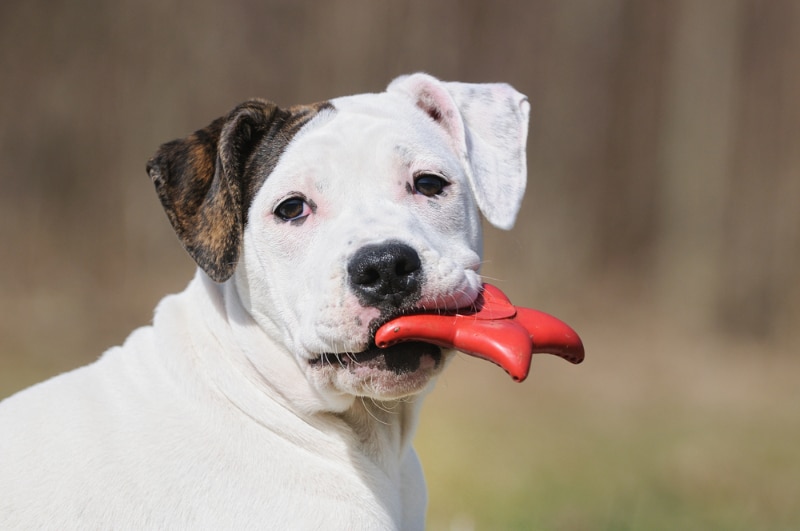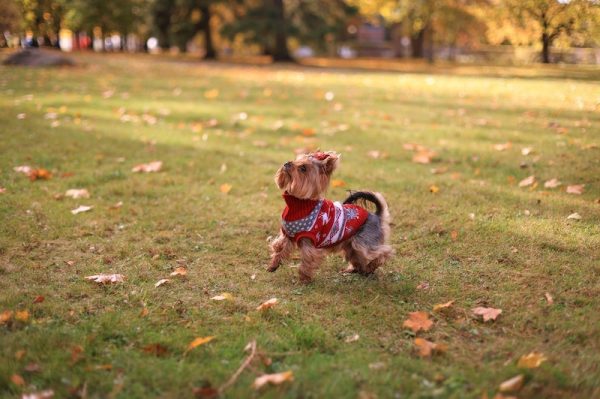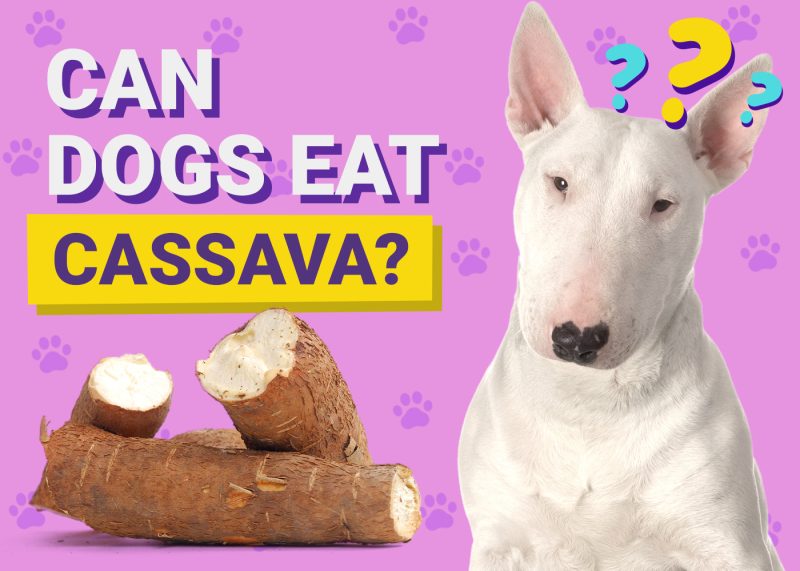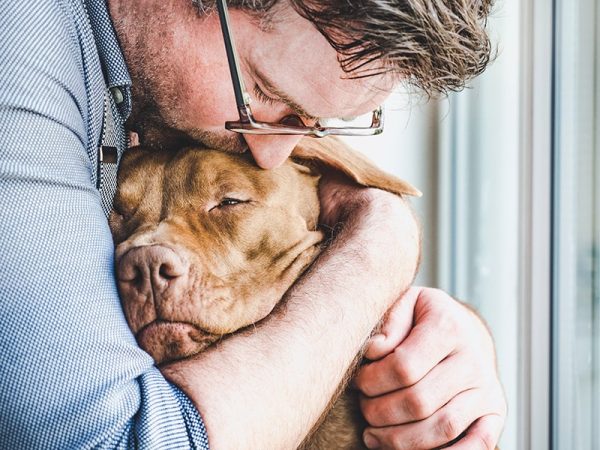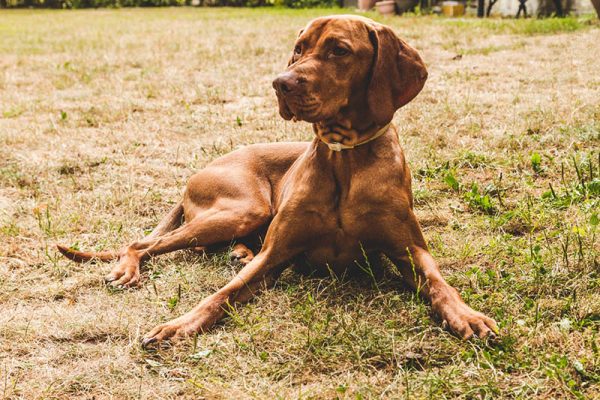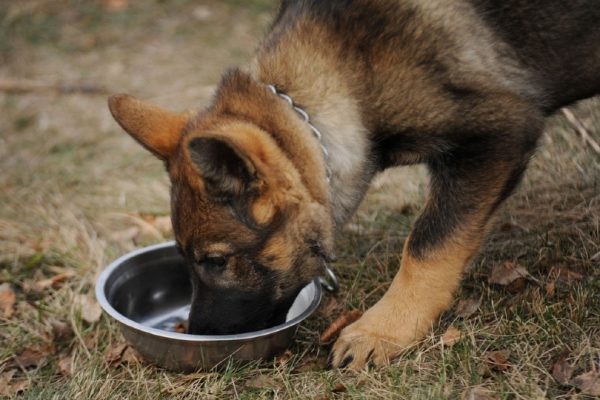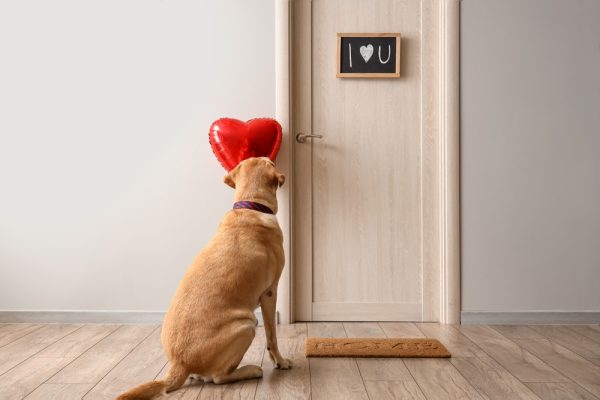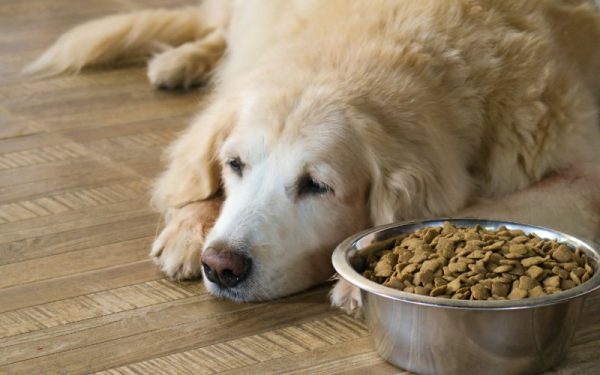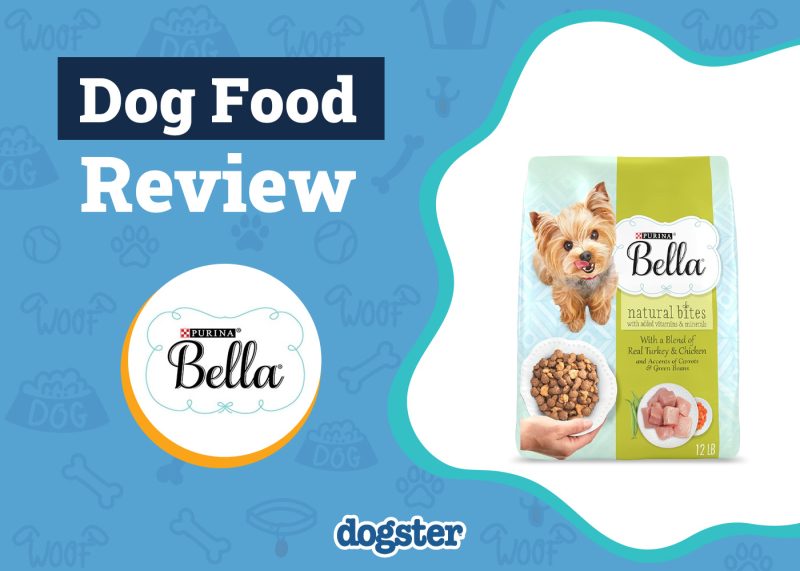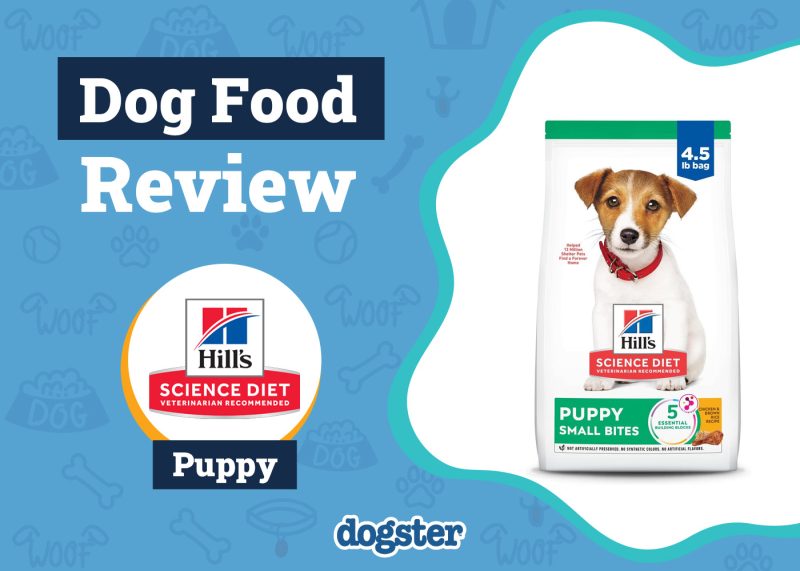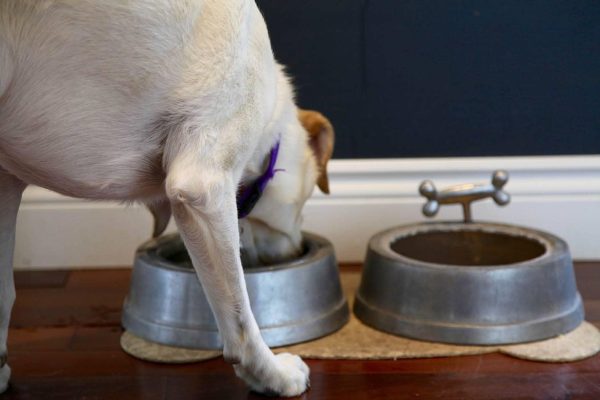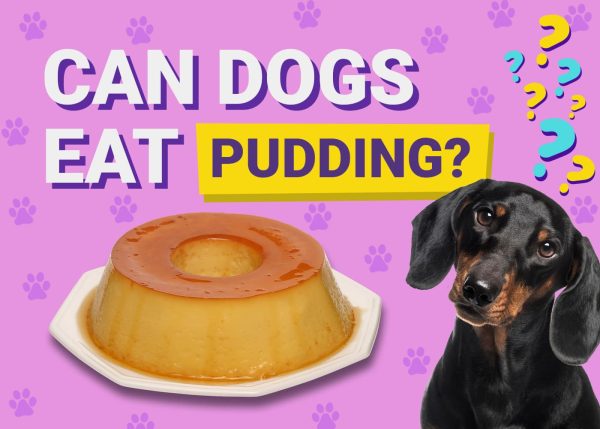Puppyhood can be a fun and joyful time, but it definitely comes with its set of challenges. Teething is a difficult phase for many dog owners because it can be irritating or painful for puppies, and dog owners must keep watch of the random objects their puppies will find to chew. Fortunately, this phase does have a time limit and typically lasts from about 3 months to 6 months of age.
Knowing what to expect can help with getting through this challenging life stage. Here’s what you need to know about puppy teething.

Puppy Teething Timeline
Puppies typically start growing their first set of teeth when they’re around 3 weeks old. Their incisors will grow first, then their canines, and their premolars will grow next. A full set of puppy teeth consists of 28 teeth, and puppies will have all their puppy teeth by the time they’re 6 to 8 weeks old.
Puppies will begin to lose their baby teeth when they’re around 3 months old, and it can take months for them to get all their adult teeth. Adult dogs have 42 teeth, and most puppies get their full set by the time they reach 6 months of age. Similar to how puppy teeth grow, adult incisors grow first, then canines, which are followed by premolars. The molars are the last to grow in.
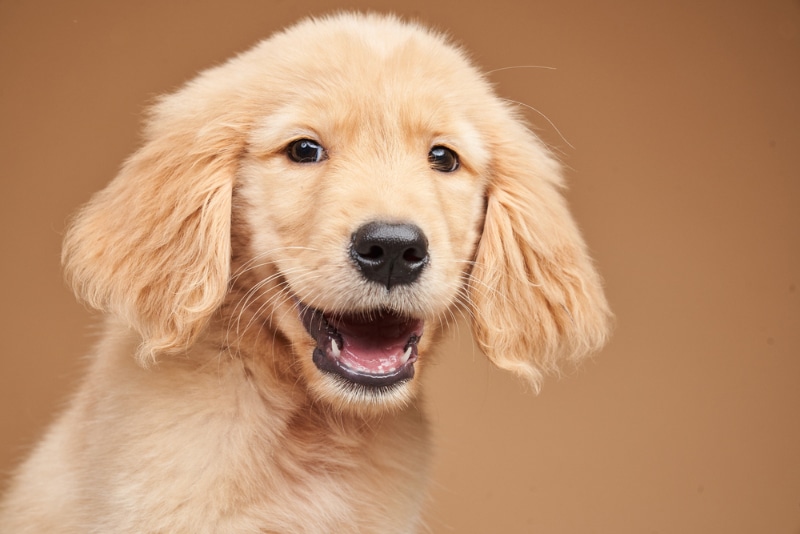
Caring for a Teething Puppy
Safety is key when it comes to the teething stage. Make sure to puppy-proof your home and remove any potentially dangerous items from your puppy’s reach because anything is fair game for chewing. Electrical cords should be covered or unplugged, and any small items that can be a choking hazard should be stored in an unreachable place. Keep your valuables away from your puppy because they can also be susceptible to getting destroyed.
Make sure to also give your puppy a safe alternative for biting and chewing. Chews, rope toys, and rubber toys are all items that you can direct your puppy to if they have an urge to bite or chew. If you have any questions about proper chew toys for your teething pup, speak to a veterinarian and look for the Veterinary Oral Health Council (VOHC) seal of approval. Some puppies may also like chewing on frozen treats or freezable toys because they can cool and alleviate irritated gums.
Puppies must always be supervised when they’re chewing on a dog chew. Dog chews can be a choking hazard if your puppy bites off a chunk and accidentally swallows it. They can also end up being an obstruction in their digestive tract. Always replace any dog chews that have been gnawed down to size where they can fit inside your puppy’s mouth.
Make sure to contact a veterinarian right away if you ever suspect that your puppy has swallowed an inedible object or a large chunk of a dog chew. It’s important to ensure that they don’t have any obstructions blocking their digestive tract.
Did you know you can speak to a veterinarian without having to travel? Just head over to PangoVet. It's an online service where you can talk to a vet online and get the advice you need for your pet — all at an affordable price!


Frequently Asked Questions
Teething is a challenging time that can leave dog owners feeling frustrated or confused. Here’s how to address common experiences with teething puppies.
What Are the Worst Weeks for Puppy Teething?
The toughest phase of puppy teething usually starts when the puppy teeth start falling out and the adult teeth begin growing in. This is typically when they’re between 12 to 13 weeks old. This phase is often the most challenging because puppies will start to bite and gnaw more frequently. They may end up destroying furniture, clothes, and other household items. They can also start to bite people to alleviate irritation in the mouth.
This phase can last for a couple of months until all your puppy’s adult teeth grow in. However, it’s usually most challenging during the first half and then chewing behaviors may taper off.
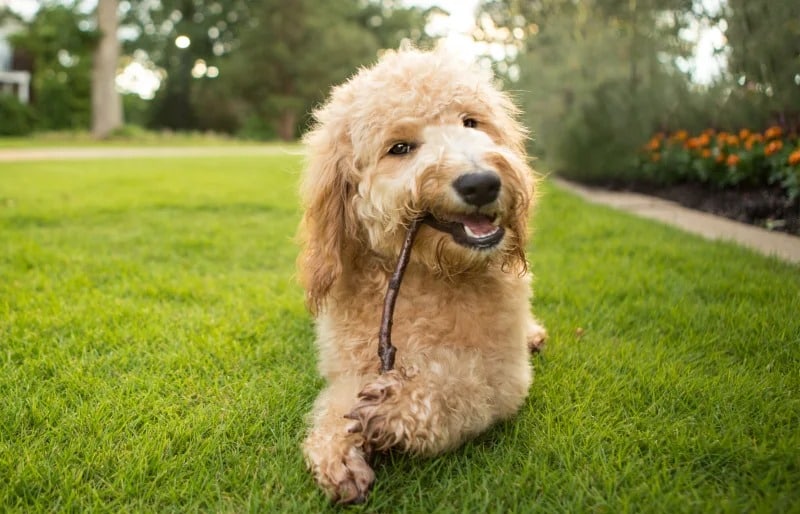
Is It Okay If My Puppy Swallowed a Tooth?
It’s actually fairly common for puppies to accidentally swallow their teeth when they fall out. Sometimes, you may notice baby teeth on your floors, but some dog owners may not see any throughout the teething phase because their puppies have swallowed them.
There’s no need to worry if your puppy swallows a tooth. It’s also not unusual for there to be a little bleeding, which you may see in their food and water bowls, when a tooth falls out.
How Can I Get My Puppy to Stop Biting Me?
Teething is irritating and painful for puppies. They usually prefer chewing on something that they can sink their teeth into. This is why they’ll often go for shoes, electrical wires, wooden furniture, and couch cushions.
Puppies may bite you more frequently during teething because they are trying to relieve teething pain. Be sure to offer them a variety of softer chew toys. When they start to bite you, rather than punish them, direct their biting toward one of the chew toys and offer praise when they bite it instead.
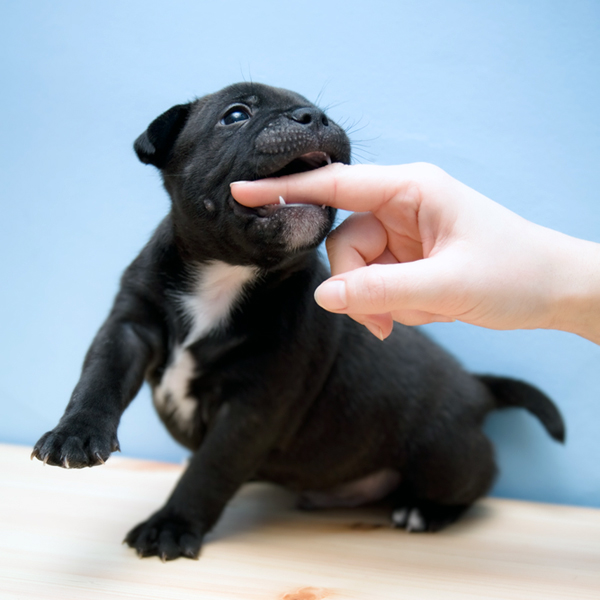

Conclusion
Teething lasts from about the time your pup is three months old until they’re around six months old. Some stages are easier, while some of the most challenging parts occur when puppies are between 12–13 weeks old. Finding out your puppy’s favorite chews and toys can help make teething easier by redirecting puppies from chewing on household items and biting people. Make sure also to take time to puppy-proof your home properly by clearing away any chewable and potentially dangerous items. This will give you peace of mind and keep your puppy safe as they go through this challenging phase.
Featured Image Credit: anetapics, Shutterstock
